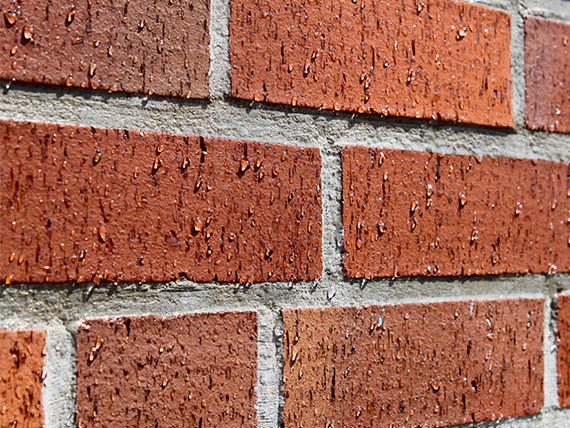FINALLY!
Dry Homes.
VPB BALEARES – YOUR PARTNER FOR DRYING DAMP HOMES PROFESSIONALLY AND PERMANENTLY.
We are a certified partner of BKM.Mannesmann AG and exclusively use the German manufacturer’s products. We look forward to explaining our approach and process in a personal consultation.
